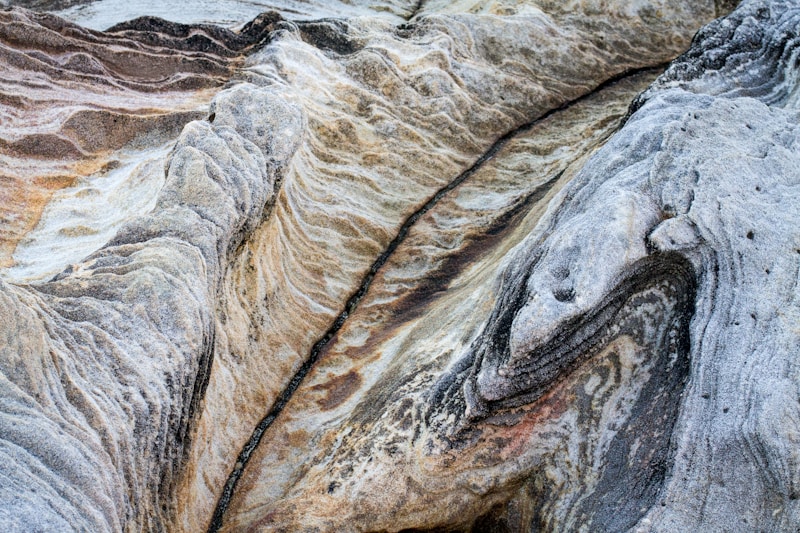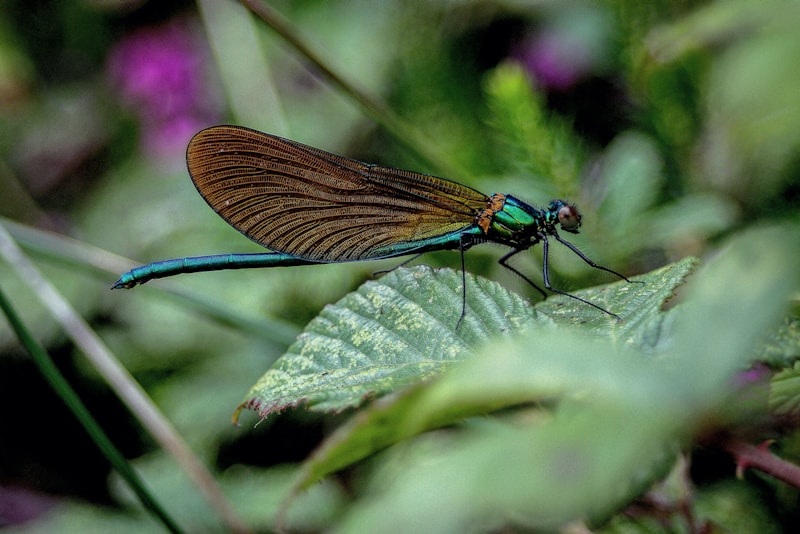Podcast Beta
Questions and Answers
What is the primary focus of microevolution?
Which statement is true regarding evolution at the population level?
What does macroevolution describe?
How does human activity relate to evolutionary change?
Signup and view all the answers
What is NOT true about evolution?
Signup and view all the answers
Which concept illustrates that individuals do not evolve?
Signup and view all the answers
What best describes the mechanism of change in allele frequencies?
Signup and view all the answers
In the context of evolution, what is meant by 'descent with modification'?
Signup and view all the answers
What must be true for a trait to be subject to natural selection?
Signup and view all the answers
How does 'fitness' relate to natural selection?
Signup and view all the answers
Which of the following describes adaptation?
Signup and view all the answers
What characterizes genetic drift?
Signup and view all the answers
What is a key limitation of natural selection?
Signup and view all the answers
Why are mutations not the direct cause of evolutionary changes?
Signup and view all the answers
What does heritability refer to in the context of traits?
Signup and view all the answers
Why is seasonal fur color change in arctic animals not evolutionary change?
Signup and view all the answers
Study Notes
Evolution
- Changes in allele frequencies in a population over time are known as microevolution
- Descent with modification, how species change over time and new species arise is known as macroevolution.
- Individuals do not evolve, populations do.
- Observable changes do not take millions of years.
- Humans can cause evolutionary change.
Mechanisms of Evolution
- Mutations can cause genetic variation
- Gene flow can introduce new genetic variation
- Genetic drift can cause changes in allele frequencies
- Natural and sexual selection can select for advantageous traits.
Evolution by Natural Selection
- Species change over time and become adapted to their environment.
- Natural selection acts on heritable (genetic) variation.
- Heritability of a trait is the proportion of variation in the trait due to genetic variation.
- Seasonal changes in fur color in arctic animals is not evolutionary change, as the genetic makeup of the animals does not change.
- Natural selection results in adaptations which are traits that improve survival and reproduction.
- Fitness depends on the environment.
- Fitness is the ability to reproduce relative to other individuals in the population.
Phenotype and Genotype
- Phenotype refers to the traits (outward appearance) of an organism.
- Genotype refers to the genetic makeup of an organism.
- Phenotype can be shaped by genes, environment, and interaction between genes and environment.
- Not all variation within a species is genetically based.
Natural Selection and Mutations
- Mutations happen randomly.
- Natural selection can only act on existing genetic variation.
- Natural selection does not create new variation.
- Natural selection can only work with existing variation, which means there are no perfect organisms.
- The environment determines whether a mutation conveys an advantage or not.
Adaptation
- Organisms are never perfectly adapted to their environment.
- There may be constraints on evolution, such as trade-offs or limited environmental resources.
- Adaptations may be imperfect because of historical constraints.
Studying That Suits You
Use AI to generate personalized quizzes and flashcards to suit your learning preferences.
Related Documents
Description
Explore the fundamental concepts of evolution, including microevolution and macroevolution, and understand the mechanisms driving evolutionary change. This quiz delves into the effects of natural selection, genetic variation, and the role of populations in the evolution process.




